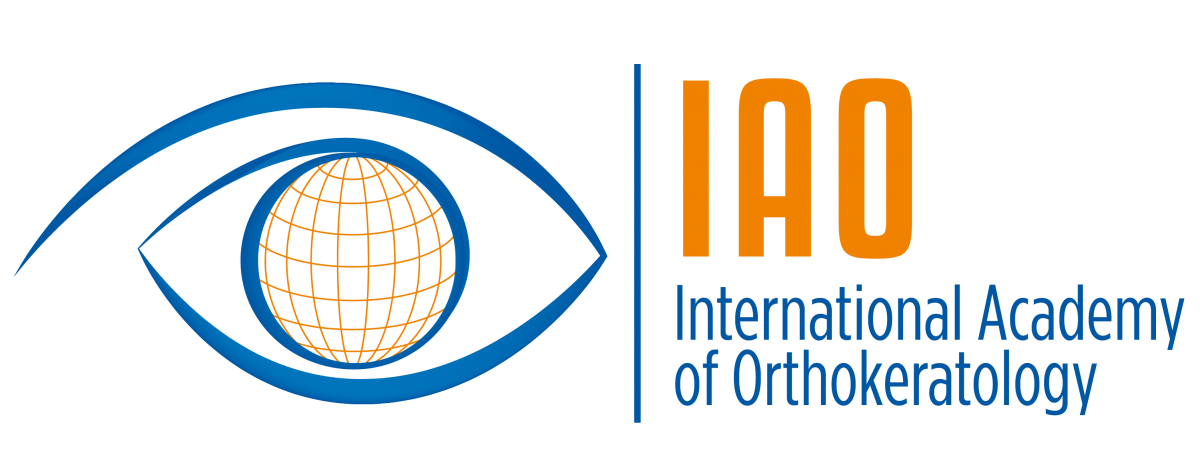A new treatment option in the myopia control space at Bay Eye Care is the Myproclear Red Light device.
In New Zealand myopia affects approximately ~30% of young people. It is increasing at a concerning rate in all developing countries. It is predicted that by 2050, 5 billion people will be short-sighted which accounts for 50% of the world's population. All levels of myopia (short-sightedness) lead to an increase in the eyes axial length. In addition, the chance of developing blinding conditions such as retinal detachment, cataracts, glaucoma and myopia retinal degeneration increase. A person with a higher degree of myopia has a higher chance of developing these sight threatening conditions.
The Myproclear red light therapy device, taken home to use by children each day.
A new treatment option to control the progression of myopia in children is Red Light Therapy, provided by the Myproclear Red Light device, designed by Eyerising International, based in Melbourne, Australia.
Myproclear Red Light Therapy is a non-invasive, quick and easy to use home myopia control treatment for children involving children looking into the red light the machine emits, for just three minutes of treatment time twice per day. The low-level single wavelength red light gently stimulates blood flow in the back of the eye to help slow the axial growth of the eye and control myopia progression. Research suggests Myproclear Red Light Therapy results in approximately 75% reduction in axial elongation compared to children wearing standard single vision spectacles over a two year period. In patients that showed a high compliance to the treatment schedule a 87% reduction in axial elongation was found.
It is a great myopia control option for the following young patients:
children who cannot tolerate contact lens wear or eye drops.
children already wearing Orthokeratology contact lenses or myopia control spectacles but require further myopia control measures.
Those wanting to explore adjunct (combination) therapy if they have aggressive myopia progression when first assessed.
Bay Eye Care has a myopia control option to suit every patient’s lifestyle and clinical needs. Please book in for a myopia control assessment today to discuss with our optometrists which option will work best for you and your child, to slow their myopia progression to keep their eyes as healthy as they can be for the rest of their life!










